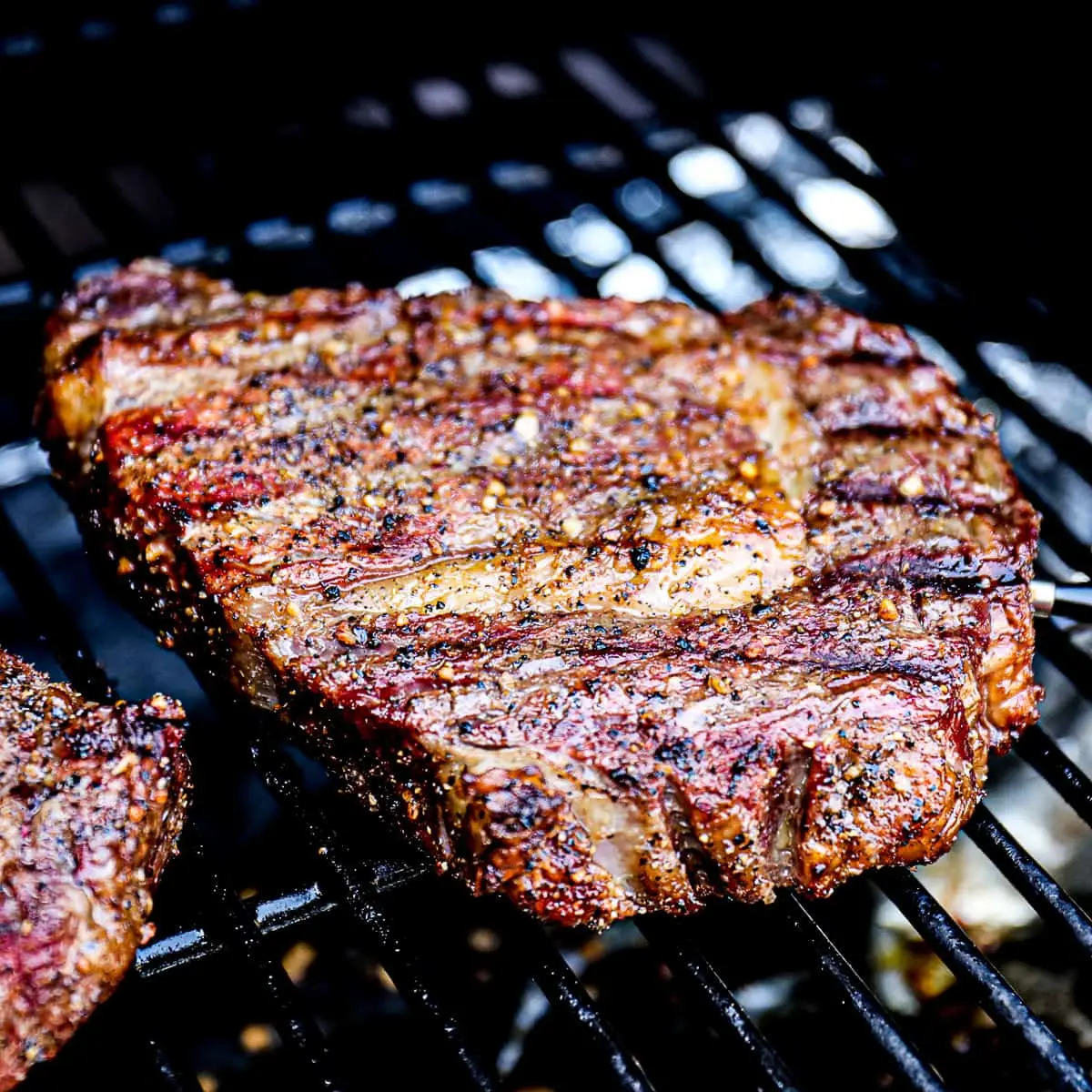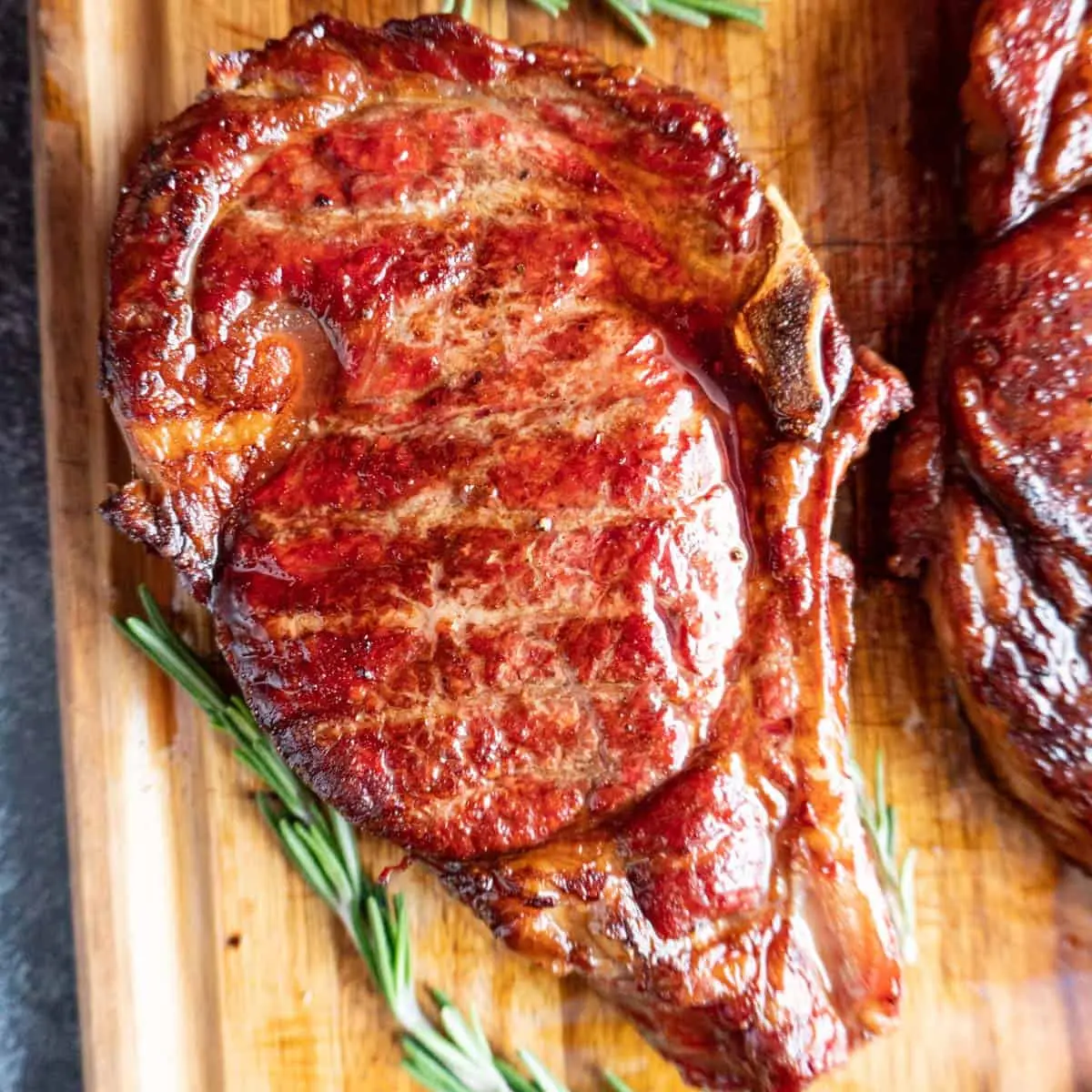When it comes to cooking steak, there are various methods to choose from. One popular technique that has gained significant attention in recent years is slow smoking. Slow smoked ribeye is a mouthwatering dish that combines the tenderness of a perfectly cooked ribeye steak with the rich flavors imparted by the slow smoking process. In this article, we will explore the art of slow smoking ribeye and provide you with all the essential information you need to create a delectable masterpiece.

Can you cook ribeye low and slow?
Absolutely! Ribeye is a prime cut of beef that is well-suited for low and slow cooking. The marbling of fat in ribeye not only adds incredible flavor but also helps keep the meat moist and tender during the slow smoking process. Slow smoking ribeye allows the fat to render slowly, resulting in a melt-in-your-mouth texture that is truly exceptional.
How long to smoke steak at 250 degrees?
When slow smoking ribeye, it is crucial to maintain a consistent temperature to achieve the desired results. Preheat your smoker to 250°F and ensure that the grates are clean and lightly oiled to prevent sticking. Place the ribeye in the smoker and let the magic begin.
The approximate cooking time for slow smoking ribeye at 250°F is 1 and 1/2 to 2 hours. However, cooking times may vary depending on the thickness of the steak and your desired level of doneness. It is essential to use a meat thermometer to monitor the internal temperature of the ribeye accurately.
For a rare ribeye, remove it from the smoker when the internal temperature reaches 125°F. If you prefer a medium doneness, wait until the internal temperature reaches 135°F. Remember to let the ribeye rest for a few minutes before slicing to allow the juices to redistribute and ensure maximum tenderness.

The Perfect Rub and Seasoning
The choice of rub and seasoning can significantly enhance the flavors of slow smoked ribeye. You can go for a simple yet delicious combination of salt, pepper, and garlic powder. Alternatively, you can experiment with various rubs and seasonings, such as a blend of paprika, brown sugar, cayenne pepper, and dried herbs.
Apply the rub generously to all sides of the ribeye, ensuring that it adheres well to the meat. The slow smoking process will infuse the flavors of the seasoning into the steak, creating a delectable crust that complements the juicy interior.

Frequently Asked Questions
- Can I use a gas grill for slow smoking ribeye?
- What wood should I use for slow smoking ribeye?
- Can I slow smoke a frozen ribeye?
While a gas grill can be used for slow smoking, it may not provide the same level of flavor and tenderness as a dedicated smoker. However, if you have a gas grill with a smoker box or the ability to create indirect heat, you can still achieve satisfactory results.
When it comes to selecting wood for slow smoking ribeye, you have various options. Popular choices include hickory, mesquite, oak, and cherry. Each type of wood imparts a unique flavor profile to the meat, so feel free to experiment and find your favorite combination.
It is generally recommended to thaw the ribeye before slow smoking to ensure even cooking. Slow smoking a frozen ribeye may result in uneven cooking and affect the overall tenderness of the steak.
Slow smoked ribeye is a culinary delight that combines the tenderness of a perfectly cooked ribeye steak with the smoky flavors imparted by the slow smoking process. By following the recommended temperature and cooking times, as well as choosing the right rub and seasoning, you can create a masterpiece that will impress your family and friends. So, fire up your smoker, grab a juicy ribeye, and get ready to indulge in a truly unforgettable dining experience.
If you want to know other articles similar to Slow smoked ribeye: a delicious and tender delight you can visit the Smoking category.


Related Articles